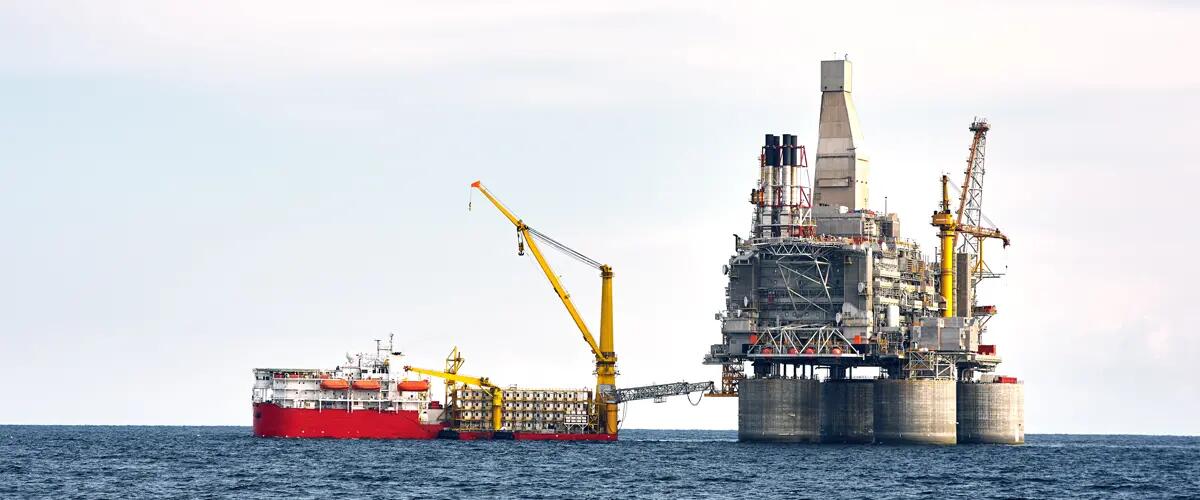
The collapse of oil, a slowing planet, and a hopeful hibernation for the Russian Bear
By Farrokh Langdana, Director, Executive MBA Program & Professor of Finance and Economics
Faculty Blog: http://www.business.rutgers.edu/faculty/farrokh-langdana
The below blog has been updated from an earlier one from 2018 [see blog]. Remarkably, not much has changed.
Back in the day, oil price movements were treated as exogenous, related to outside economic factors. Energy-driven inflation was “commodity inflation” or Cost-Push inflation caused by turmoil in the oil-rich Gulf. As oil supply dropped (the supply curve shifted to the left) oil prices would spike and global output would be adversely affected. The Cost-Push inflation caused by the supply curve being pushed back, was countercyclical — as P (oil prices) increased, Y (global output) fell.
Then “China” happened, followed by India and Southeast Asia. We all know that story. After two thousand years as a global macro power, China “went to sleep” for 250 years and then woke up again in 1979.
With millions of new Indian and Chinese and Southeast Asian drivers and with thousands of new global supply chains suddenly powering to life, oil and gas consumption soared. Oil now became a demand-side story — it became a proxy of business activity, not just a supply curve phenomenon. In other words, oil now resided in the Aggregate Demand (AD) curve as part of Consumption and Capital Investment.
Oil prices became procyclical — as the global demand increased (moved to the right) global output increased and so did oil prices; as P increased, Y increased too, hence “procyclical.” Consequently, as global activity fell, so would oil prices, and vice versa; oil prices became a proxy for the macroeconomic health of the planet. In our language, the most important change was that oil prices became ENDOGENOUS — driven by internal developments. And not a moment too soon.
With the US as the biggest producer of oil now, and with this new-found endogeneity (an unexpected variable to the equation), the oil-rich Gulf countries and Russia can no longer manipulate the planet’s economy by simply changing the number of barrels of oil they pump out of the ground.
Back in the day, the opportunistic Saudis would deliberately increase supply just when we would be gaining traction in another energy source — solar, wind, and later, fracking — and the subsequent drop in oil prices would grind any new US/Euro/Indian attempts at alternative energy, to a reluctant halt. The new lower oil prices would make any alternate sources of production “more expensive” now that the crude oil prices were artificially depressed. As the development of solar/wind/fracking shut down, the Saudis would again hike the prices….and the same sordid cycle would continue.
But, mercifully, that is all over. Endogeneity trumps everything. As recent events demonstrate, pathetic attempts by the Saudis and Russians to curtail oil supply and to push prices artificially up, did nothing. Joy was unconfined! Long live endogeneity. Let the markets rule!
Now to a “Desperate” Putin. In terms of global geopolitical “ordnance,” once oil falls below $60 a barrel, Putin cannot afford any misadventures like Georgia or Crimea or meddling in the last U.S. election in 2016. His oil-driven economy runs out of gas (pun intended), his tanks stay at home and his cyber-commandos are out of funds. Brent Crude today (3/10/20) is about 40 bucks a barrel, and falling….joy (on our part) is again unconfined. Hopefully, and mercifully, the Russian Bear will head into hibernation.
But then why is oil falling? Global macro activity is dropping, and oil prices are a great proxy for global real macro growth. The Aggregate demand is plunging to the left. The trade war and then the virus have taken their toll. We may see more hot capital inflow flowing to the U.S. thanks to our “safe cave,” and this may keep the long end of our yield curve suppressed for the foreseeable future.
Another good indicator for real global infrastructure activity is the fabled Baltic Dry Index that measures the cost of shipping bulk cargo such as iron ore, copper, wood pulp, etc. I knew that something was wrong when the Baltic Dry hit a low on the same day as the S&P 500 hit an all-time high a few weeks ago!
More coming soon, and until then, Welcome to the Powerhouse.
Press: For all media inquiries see our Media Kit


